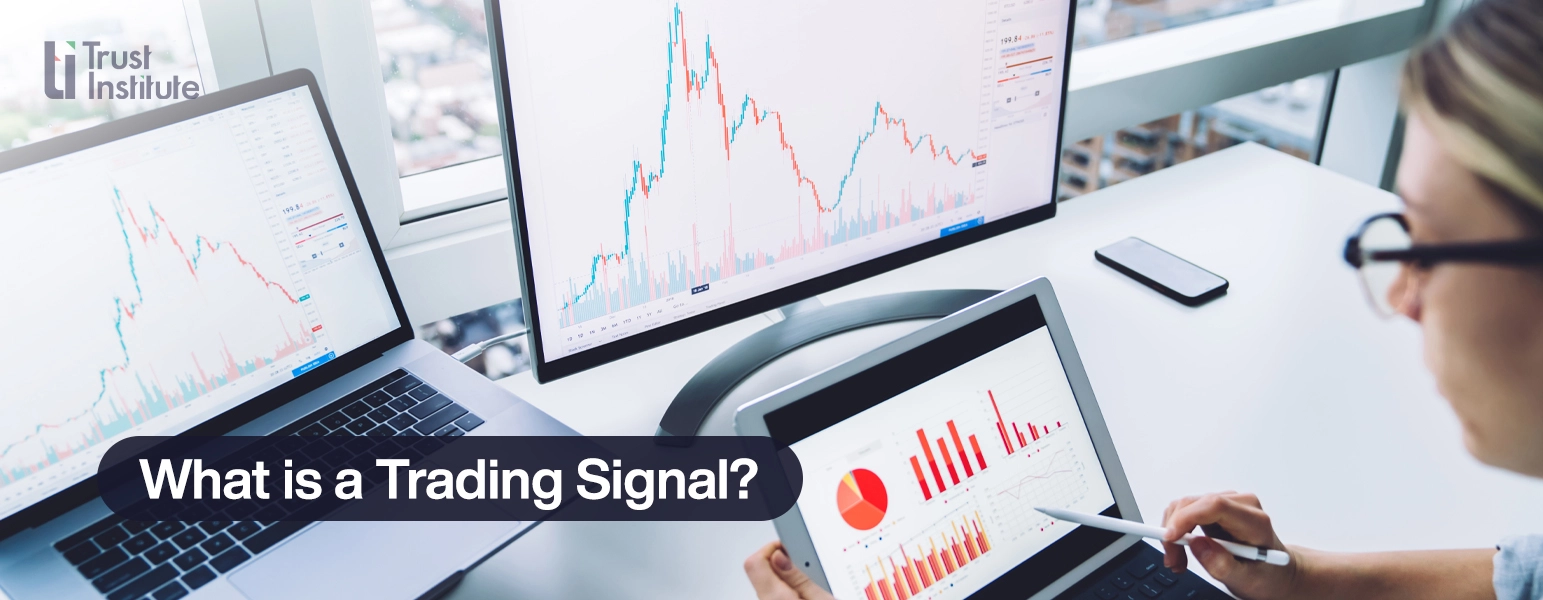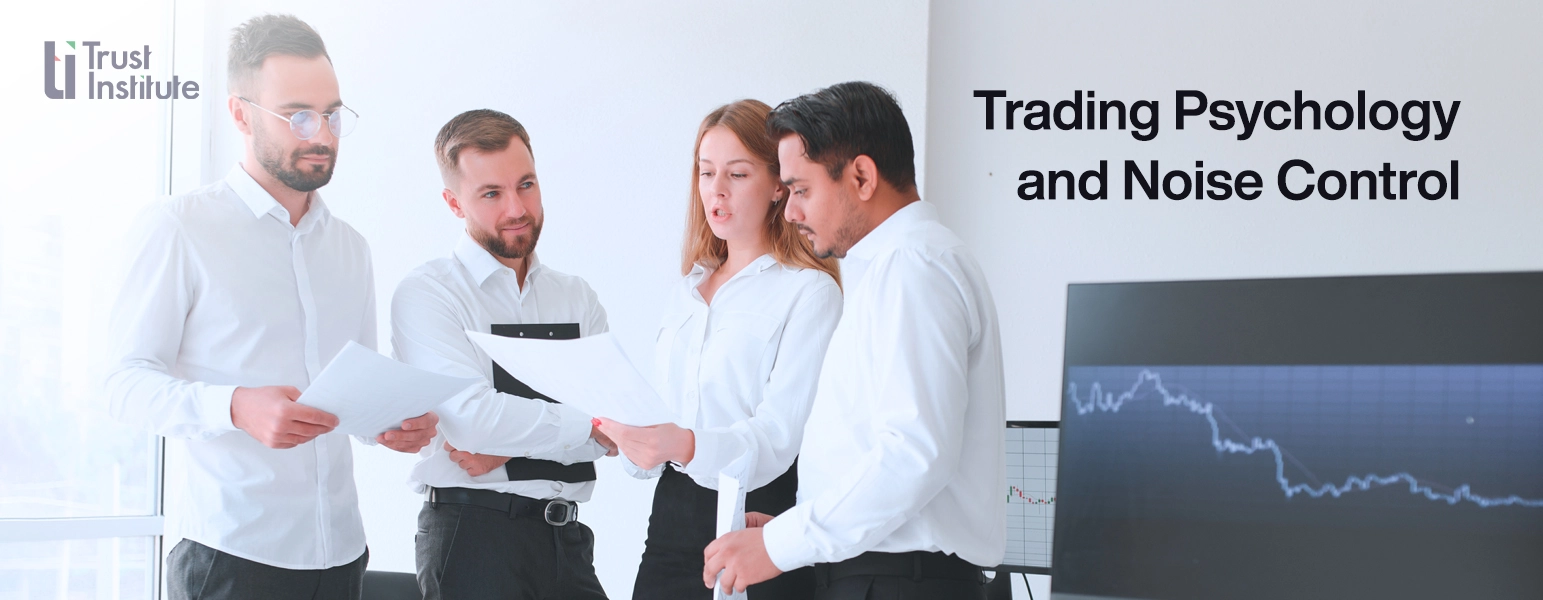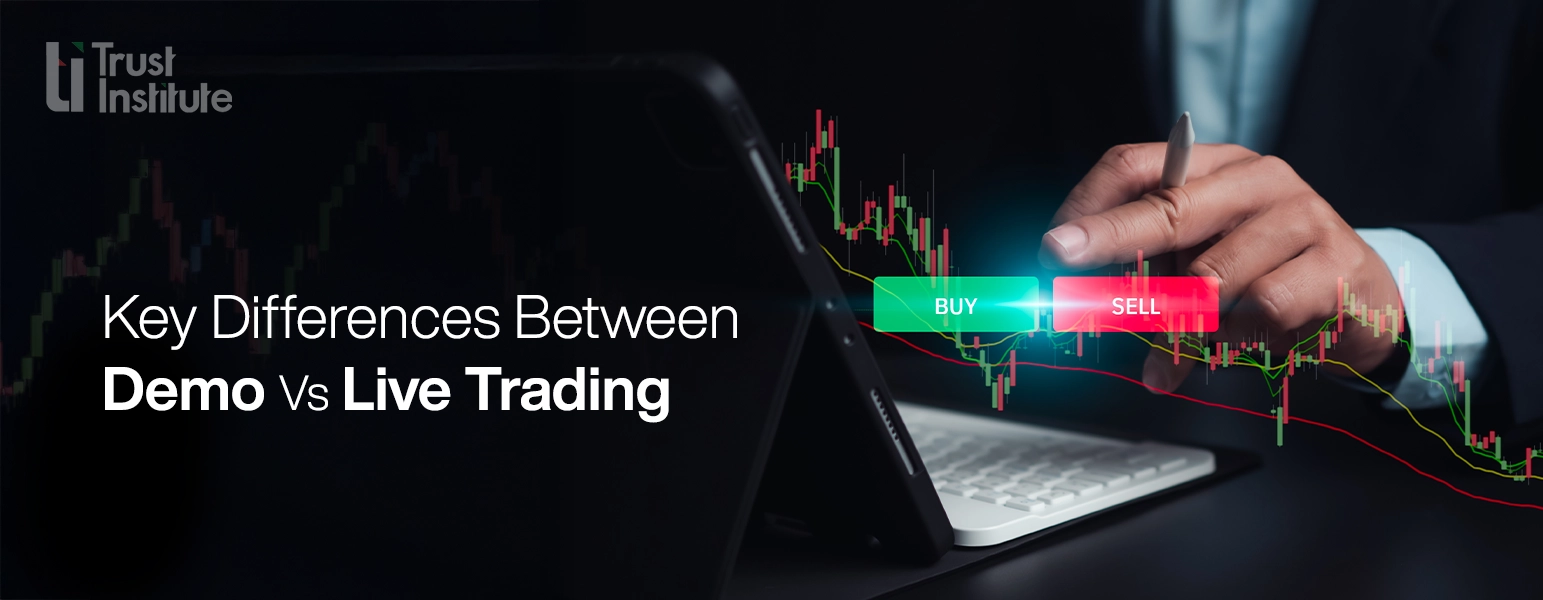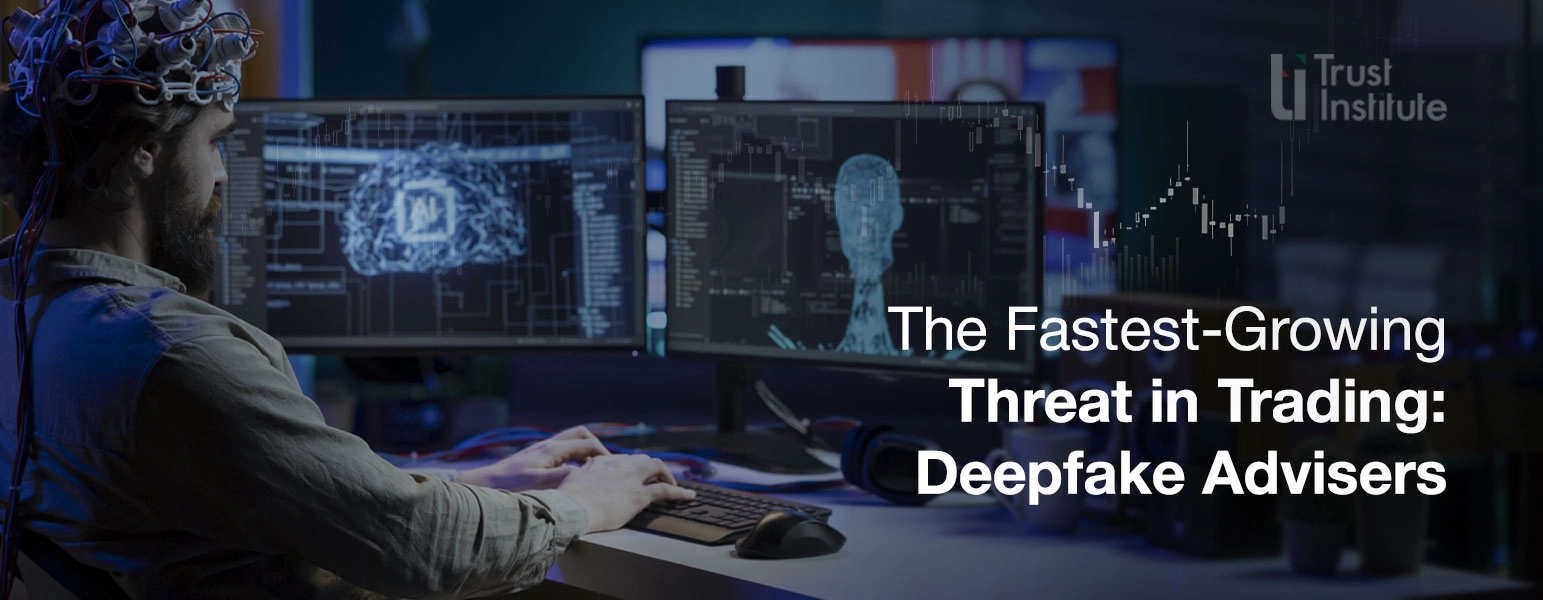Explore the world of financial trading and
gain the knowledge and tools for success with our expertly
written articles and blogs.



In June 2024, forex traders were caught off guard when the Bank of Japan (BOJ) made a sudden, unannounced intervention to strengthen the yen. USD/JPY, which had been steadily rising, sharply dropped over 400 pips within hours. Many retail traders, assuming the pair would continue its upward trend, entered long positions—only to be wiped out moments later.
This wasn’t just volatility—it was a classic case of market noise triggering emotional trades. For those who understood the broader fundamentals and signals, it was a wake-up call to stay alert, not reactive.
What is Noise in Trading?
Market noise refers to short-term price movements and news that don’t reflect the true direction or value of an asset. It includes sudden spikes, social media hype, breaking news without lasting impact, and temporary emotional reactions in the market.
Reacting to noise leads to poor entries, overtrading, and loss of discipline.
What is a Trading Signal?

A trading signal is a data-backed indication, derived from technical, fundamental, or sentiment analysis, that suggests a high-probability trade setup. It’s a green light that aligns with your trading plan—not a reaction to market panic.
Understanding the difference between noise and signal is what separates disciplined traders from impulsive ones.
How to Identify Trading Signals
Want to avoid the next fake-out? Here’s how you can spot real trading signals:
- Use Multiple Indicators
Relying on just one signal can be risky. Combine moving averages, RSI, MACD, candlestick patterns, and trendlines for confirmation.
- Check Higher Time Frames
Real signals often appear in the 4-hour, daily, or weekly charts. Noise dominates the 1-minute or 5-minute frames.
Align with Economic Data
Make sure your technical analysis aligns with fundamental realities like interest rate decisions, inflation data, or geopolitical risks.
Best Tools for Signal Detection
Using the right tools helps filter out the noise:
- Moving Averages: Highlight real trends by smoothing out price data.
- Bollinger Bands: Detect volatility and potential reversals.
- Economic Calendars: Identify high-impact news before it happens.
- Volume Analysis: Confirm if price movements are backed by real interest.
These tools help you differentiate between a real breakout and a temporary spike.
Avoid Trading Based on Noise
In the BOJ example, many traders entered purely based on the previous uptrend in USD/JPY without considering that the pair was overextended and due for correction. They ignored key signs and were caught in a noisy reversal.
To avoid trading based on noise:
- Don’t chase impulsive moves
- Stay away from social media hype
- Stick to your predefined entry/exit strategy
- Wait for confirmation on multiple indicators
Trading Psychology and Noise Control

The biggest challenge in filtering market noise isn’t technical—it’s emotional. FOMO, fear, and greed can cloud judgment.
To build trading psychology and noise control:
- Journal every trade and review mistakes
- Take breaks to reset when markets are highly volatile
- Avoid overtrading during uncertain conditions
- Focus on process, not outcome
Interpreting Market Data Effectively
Every trader sees the same data—but few interpret it correctly. Learn to ask:
- Is this move backed by fundamentals?
- Are other assets (like bond yields or other JPY pairs) confirming the same trend?
- Does this fit into the bigger picture?
The more critically you evaluate data, the better you’ll interpret market data effectively and spot real opportunities.
Conclusion: Learn to Tune Out the Noise
Markets will always be noisy—but success lies in your ability to focus. Whether it’s a surprise move by the BOJ or a rumor circulating on Twitter, knowing how to filter the fluff from real trading signals is key.
By using the best tools for signal detection, strengthening your trading psychology, and aligning with the bigger picture, you can trade with clarity, not confusion.
Trade smart. Don’t react to noise—respond to signals.
All blogs
©TRUST TRAINING AND DEVELOPMENT INSTITUTE 2025
Disclaimer: Trust Institute is a KHDA-licensed educational institution based in Dubai, UAE. All training programs, materials, and content offered through our website and in-person sessions are provided strictly for educational purposes. We do not offer financial or investment advice, and we do not engage in or promote any trading activity.
Our courses are designed to increase knowledge and understanding of financial markets. Trust Institute is not a brokerage firm, does not manage client funds, and does not participate in any trading on behalf of its students.
Participation in financial markets, including Forex trading, involves significant risk and may not be suitable for everyone. Individuals are encouraged to conduct their own research and consult with licensed financial professionals before making any financial decisions.
By accessing our content or enrolling in our courses, you acknowledge and accept that Trust Institute is not liable for any financial outcomes resulting from the application of educational material shared. You agree that your use of this information is at your own discretion and responsibility.
Trust Institute is fully licensed and regulated by the Knowledge and Human Development Authority (KHDA) in Dubai, United Arab Emirates.





































